A C12666MA Micro-Spectrometer and breakout board with Arduino compatible pinout. Bonus 404nm laser diodes and drivers.
<-Skulls if you like this project!
What is it?
This is a Breakout board for the C12666MA Micro-Spectrometer. This Board provides the socket, power supply, level shifting and the C12666MA sensor. Additionally will include an unfocused laser diodes at 404nm to allow for experimentation with fluorescence spectroscopy, and a white led for color measurements. This Board is designed to plug directly into any Arduino compatible header. Compatible with both 3.3V and 5.0 systems. Sample code for the Arduino is currently posted to Github.
"The Hamamatsu C12666MA is an ultra-compact(Finger-tip size) spectrometer head developed based on MEMS and image sensor technologies. The adoption of a newly designed optical system has achieved a remarkably small size. In addition, the employment of hermetic packaging has improved humidity resistance. This product is suitable for integration into a variety of devices, such as integration into printers and hand-held color monitoring devices that require color management. It is also suitable for applications that collaborate with portable devices, such as smartphones and tablets."
- Spectral response range: 340 to 780 nm
- Spectral resolution: 15 nm max.
There is currently no other simple breakout board for the Hamamatsu C12666MA spectrometer. Additionally the sensor itself is difficult to buy. We will provide both.
A Spectrometer has large number of useful uses. With the addition of laser sources and potential spectroscopy the uses are nearly endless (Warning: please use eye protection).
Sample Applications
- Fruit ripening detector
- Sunscreen pre-warning detection (Solar UV radiation levels)
- Astronomical spectroscopy
- Plant/Leaf Health levels
- Color Calibration and matching
- CFL and LED performance measurements
- Raman spectroscopy (molecule fingerprinting)
- Mineral and Chemical Detection and classification
- Diamond/Gemstones verification
- Fluorescence spectroscopy (organic compound analysis) biochemical research.
- Oil spill verification
- Many more
- 2015HackadayPrize
Breakout boards with a sensor are currently sold here: https://groupgets.com/manufacturers/hamamatsu-photonics
 Pure Engineering
Pure Engineering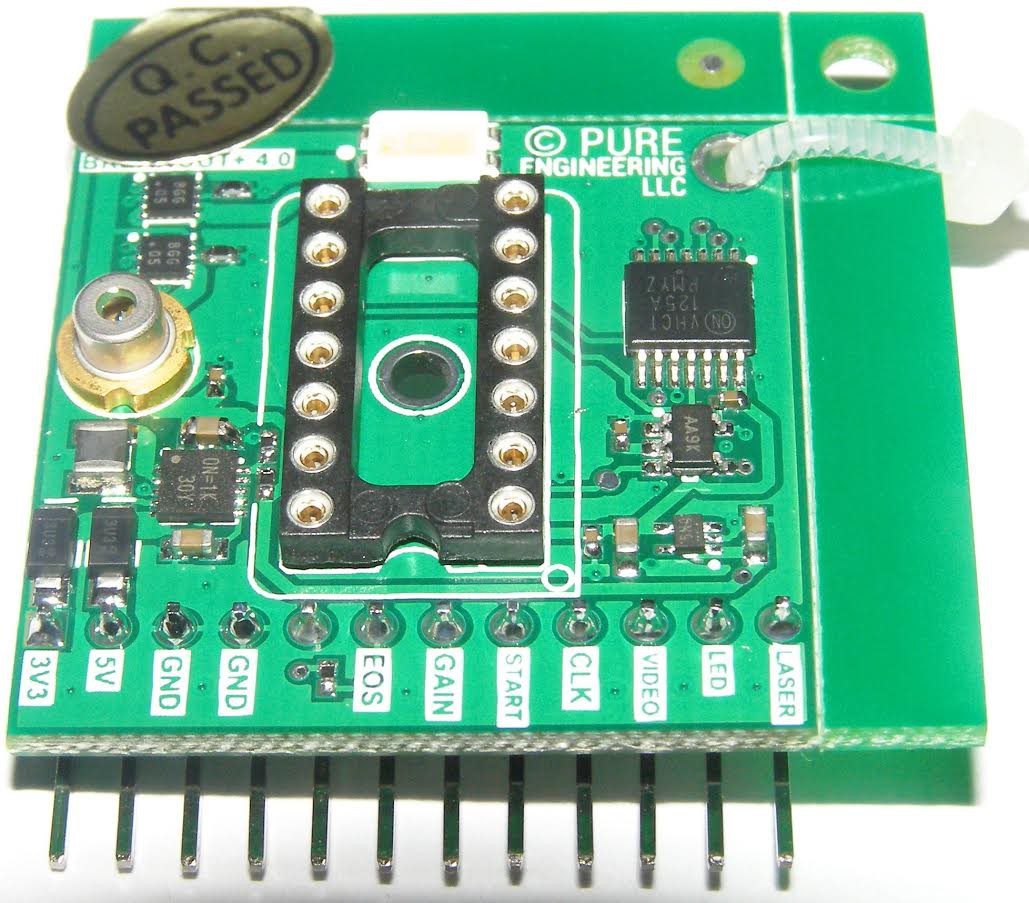







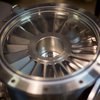
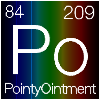



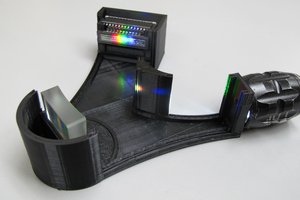
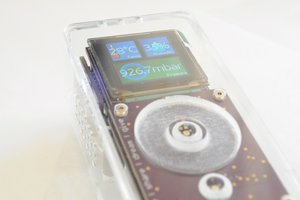
 peter jansen
peter jansen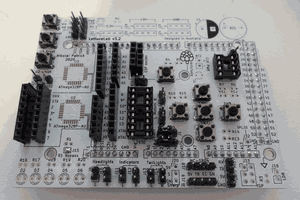
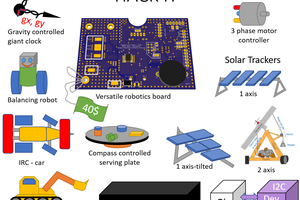
 Ruediger F. Loeckenhoff
Ruediger F. Loeckenhoff
I am looking to use the C12880MA breakout board with the C1288OMA micro spectrometer. However, in our current lab we are using the micro spectrometer for fiberoptic research, so our model of the spectrometer has an input for a fiberoptic cable in place of the light sensor in the above model. Is this specific model compatible with the breakout board, or is only the above model compatible?